To continue with African Safari, this time Soumya talks about the dominant species, in most aggressive ape i.e. the homo sapiens. He tells us about the fascinating people of Tanzania, especially the largest group, the Masai. An exclusive for Different Truths.
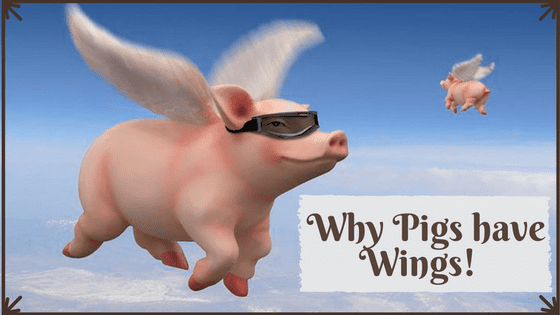
The first Tanzanian Citizen, we got to know closely was our guide, a large, genial, and extremely knowledgeable gentleman of the Chagga tribe, who hailed from the upper reaches of Kilimanjaro. He was earlier a guide to the climbers to the Kilimanjaro and had started freelancing as a Safari guide some years back. He was a fund of knowledge not only on the flora and fauna of Tanzania but on the sociology, politics, geology, history, and economics of the country as well.
We learnt that Tanzania was a German Colony and was active in animal conservation even before independence. It also is the only African country with no history of Tribal warfare despite the large number of tribes sharing the country. What was even more extraordinary is that although there are two major religions, the Muslims on the coast and in Zanzibar and the Christians in the Hinterland, there has been absolute communal amity. Interfaith marriage was common and the children could decide on either faith once they came of age. We met one such couple with their two lovely daughters, Yashmin and Elizabeth.
We also learnt that the staple diet of the Chaggas was the Banana, which grows in plenty around the Kilimanjaro and their favourite drink is banana wine, which did not suit my palate.
But by far, the most fascinating tribe that constitutes the largest section of the population are the Masai. Their language, Swahili is the official language of both Tanzania and Kenya and is widely spoken across central Africa. The Masai are nomadic herders, who have chosen to maintain their lifestyle and culture over the centuries with the modern world making an only peripheral impact on their lifestyles.
…the most fascinating tribe that constitutes the largest section of the population are the Masai. Their language, Swahili is the official language of both Tanzania and Kenya and is widely spoken across central Africa. The Masai are nomadic herders, who have chosen to maintain their lifestyle and culture over the centuries with the modern world making an only peripheral impact on their lifestyles.
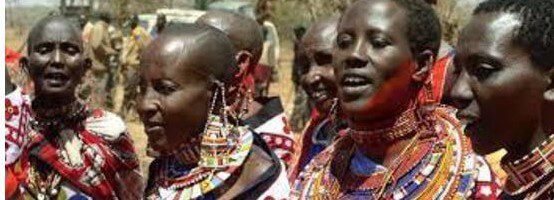
We visited a Masai village. Our guide knew someone there. A contribution of US$ 50/- had to be made to the welfare fund and we were given a traditional welcome by a party of warriors and a group of ladies with dance and we were invited to join them and compete in a sort of Masai dance-off. Of course, we were thoroughly beaten by the very athletic warriors who were very amused by my efforts.
We were taken around the village and inside a hut and to their kindergarten, craft shop, and to meet the village elders and the Chief i.e. the usual tourist traps.
But what I found fascinating was that till this date, they have firmly stuck to their ancient lifestyle subsisting on a diet of meat, milk and blood only, all of which is the product of their cattle. They do not have any fruits, vegetables, salt, sugar or spices and no grains either and yet they maintain a fantastic physique. An advertisement for the Atkins diet perhaps.
Every warrior is dressed in a single red sheet and everyone carries a machete, a club, and a stick. The women are also dressed in a single sheet and wear beads around the neck. The social hierarchy is extremely strict, and the Chiefs’ word is Law. The Chief is selected based on the number of cows and the number of wives.
Every warrior is dressed in a single red sheet and everyone carries a machete, a club, and a stick. The women are also dressed in a single sheet and wear beads around the neck. The social hierarchy is extremely strict, and the Chiefs’ word is Law. The Chief is selected based on the number of cows and the number of wives. The average price of a healthy wife is fifty cows. Marriages are often arranged before even the birth of the children and no one dares protest. Our village was exceedingly small, and the Chief had merely five wives and 100 cattle. Wives and cattle are both clearly in the possessions of the male and have fewer rights than domestic animals in other parts of the world. But both are well cared for as they are producers. The women do all the work including building their huts.
These huts are more like temporary nests or a single, small thatch of sticks covered with mud with a small low opening in one side and a smaller opening on the top for letting the smoke out. There is a fire at the centre of the hut and place by the side for the man and one wife to sleep, while another smaller area for the smaller children to sleep in. It is dark inside and at most 4 -5 people can enter at one time if they crouch. These huts don’t last much more than a year and by then the village moves to the next pasture.
The load is carried by the women and the cattle and the trading is also done by the women. The sole job of the men is to graze the cattle and guard them against predators. You can see them standing on one leg balancing on the stick staring into space. A good life, no doubt.
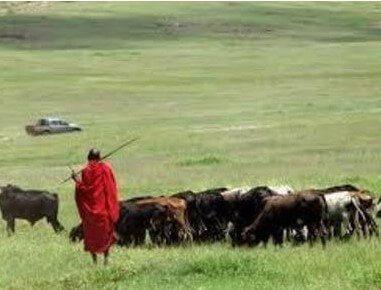
The load is carried by the women and the cattle and the trading is also done by the women. The sole job of the men is to graze the cattle and guard them against predators. You can see them standing on one leg balancing on the stick staring into space. A good life, no doubt. The hospitality of the Masai includes a stay in one of their huts along with the attentions of one of the wives of the host.
Earlier, to reach manhood, they had to kill a lion but that has been stopped now and they can only kill predators if they attack the cattle. However, the fear of a Masai Warrior is so high that the sound of the cattle bell prompts the predators to move away and leave the easy prey alone. The usual prey of the lions, the antelope, and the zebra graze peacefully with the Masai cattle and the Masai do not harm any other animal. In fact, they live so much in tune with nature that they have been allowed to move freely within the game reserves and national parks without any permit, the only exception being Serengeti.
The power of the Chiefs can be seen from the fact that once the eleven Chiefs of that 14000 sq. km are made an agreement with the Government, 60 lakh Masai peacefully left the area to the animals and not a single protest was heard.
The power of the Chiefs can be seen from the fact that once the eleven Chiefs of that 14000 sq. km are made an agreement with the Government, 60 lakh Masai peacefully left the area to the animals and not a single protest was heard.
In exchange, they are allowed to move and camp anywhere they like in the rest of Tanzania. They are largely illiterate and prefer not to send their children to school so that they are not tempted to leave the traditional life. The few who venture out and sample the modern world outside also often come back to their clan and village and revert to the primitive lifestyle. Those who want to adopt a different lifestyle and marry partners of their own choice are allowed to leave the clan and marry into other tribes.
The Masai have their own religion and have not converted to either Christianity or Islam but some inroads are being made as we saw Madrasas set up especially for the Masais in the small towns, which offer dollars and a modern lifestyle in exchange for their souls having limited success unlike the Christian missionaries, who had tried this earlier.
The Masai have their own religion and have not converted to either Christianity or Islam but some inroads are being made as we saw Madrasas set up especially for the Masais in the small towns, which offer dollars and a modern lifestyle in exchange for their souls having limited success unlike the Christian missionaries, who had tried this earlier.
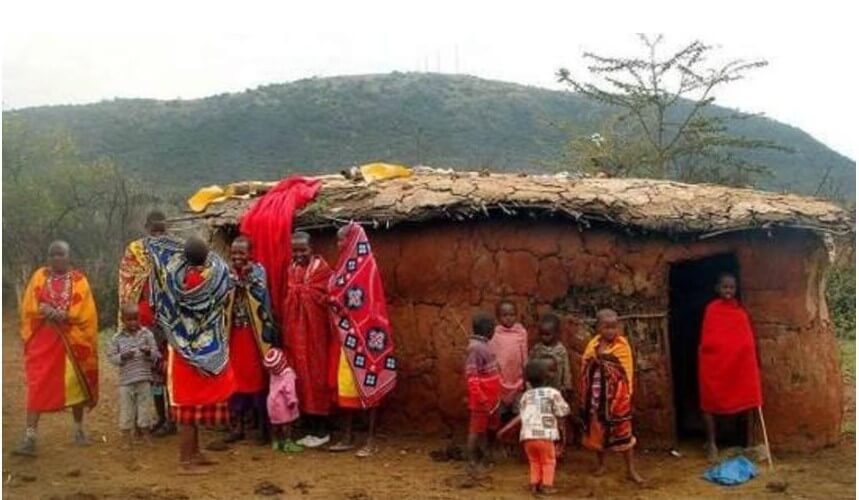
Despite being the majority there have no Masai Presidents so far, but the Chiefs have a great deal of clout. The biggest Chief in that area had 50 wives, a few hundred children and a thousand head of cattle.
Despite being the majority there have no Masai Presidents so far, but the Chiefs have a great deal of clout. The biggest Chief in that area had 50 wives, a few hundred children and a thousand head of cattle.
The only concession to modernity was the cell phones by which the warriors stay in the touch with the village. We did meet a few Masai ladies who were working as waitresses at a Resort but even they were not sure whether they could escape the traditional life or would have to go back to the clan at the orders of the Chief.
The village money is used to buy water, cloth and iron, the only things they need from the outside world. They also buy at sometimes steal cattle from the other tribes as they believe all cattle belong to Masai and the other tribes, who were hunter-gatherers earlier could eat the other animals that the Masai don’t touch.
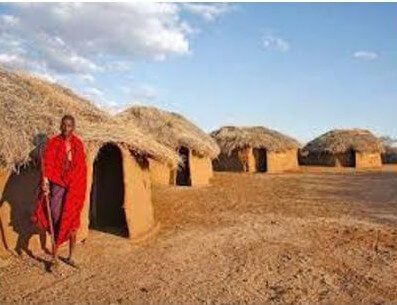
The village money is used to buy water, cloth and iron, the only things they need from the outside world. They also buy at sometimes steal cattle from the other tribes as they believe all cattle belong to Masai and the other tribes, who were hunter-gatherers earlier could eat the other animals that the Masai don’t touch.
The only people more exotic than the Masai were the Bushmen who are a minuscule minority. We, unfortunately, couldn’t visit their village due to time constraint.
The other tribe whom the locals called Indian are Gujaratis and as we are quite familiar with them here, I shall not dwell upon this exotic fauna. But be prepared to be greeted with Kem Cho by the Africans you meet just as we did and be prepared for the surprise that you don’t speak ‘Indians’ if you do not know Gujarati.
The other tribe whom the locals called Indian are Gujaratis and as we are quite familiar with them here, I shall not dwell upon this exotic fauna. But be prepared to be greeted with Kem Cho by the Africans you meet just as we did and be prepared for the surprise that you don’t speak ‘Indians’ if you do not know Gujarati.
Next time, we will talk about the real denizens of the Savannah, the migrating beasts, and their predators.
Photos by the author


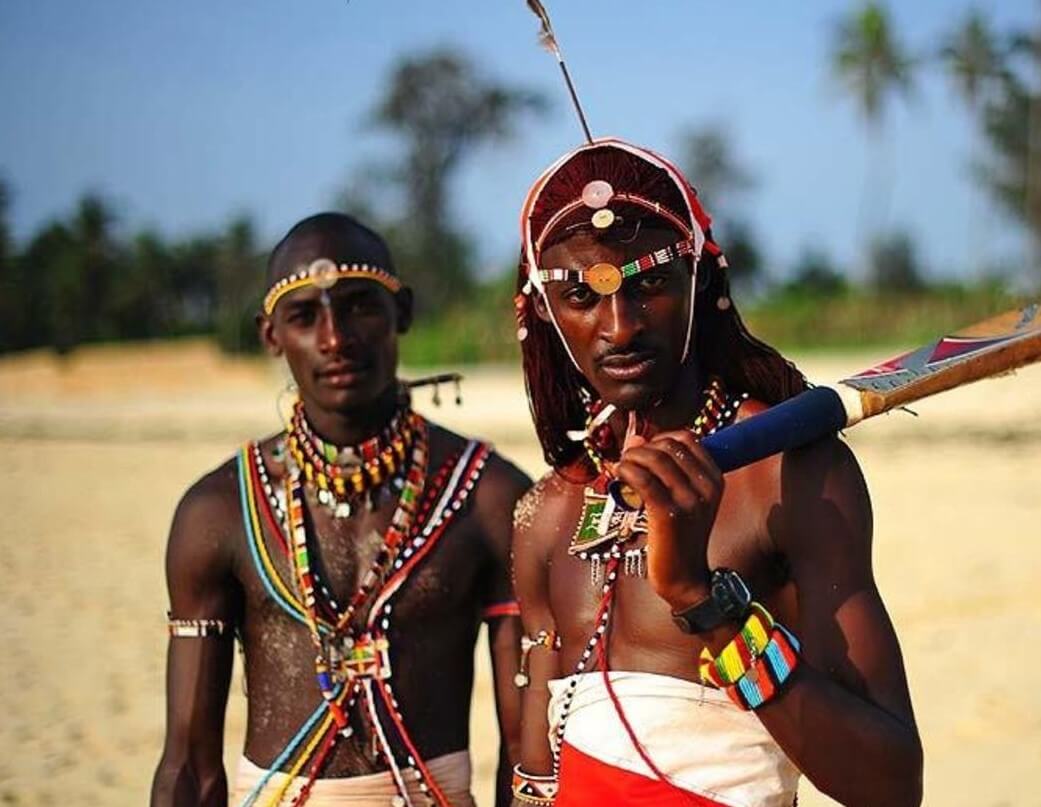

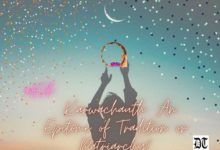
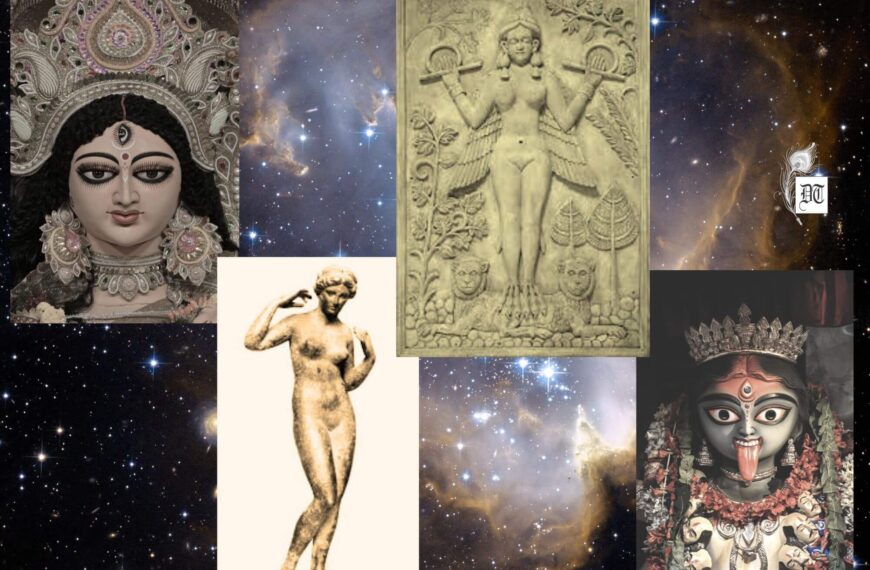
 By
By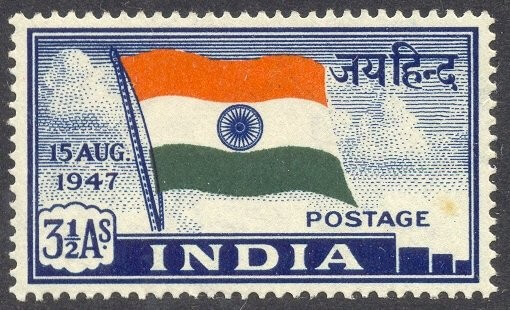
 By
By

 By
By